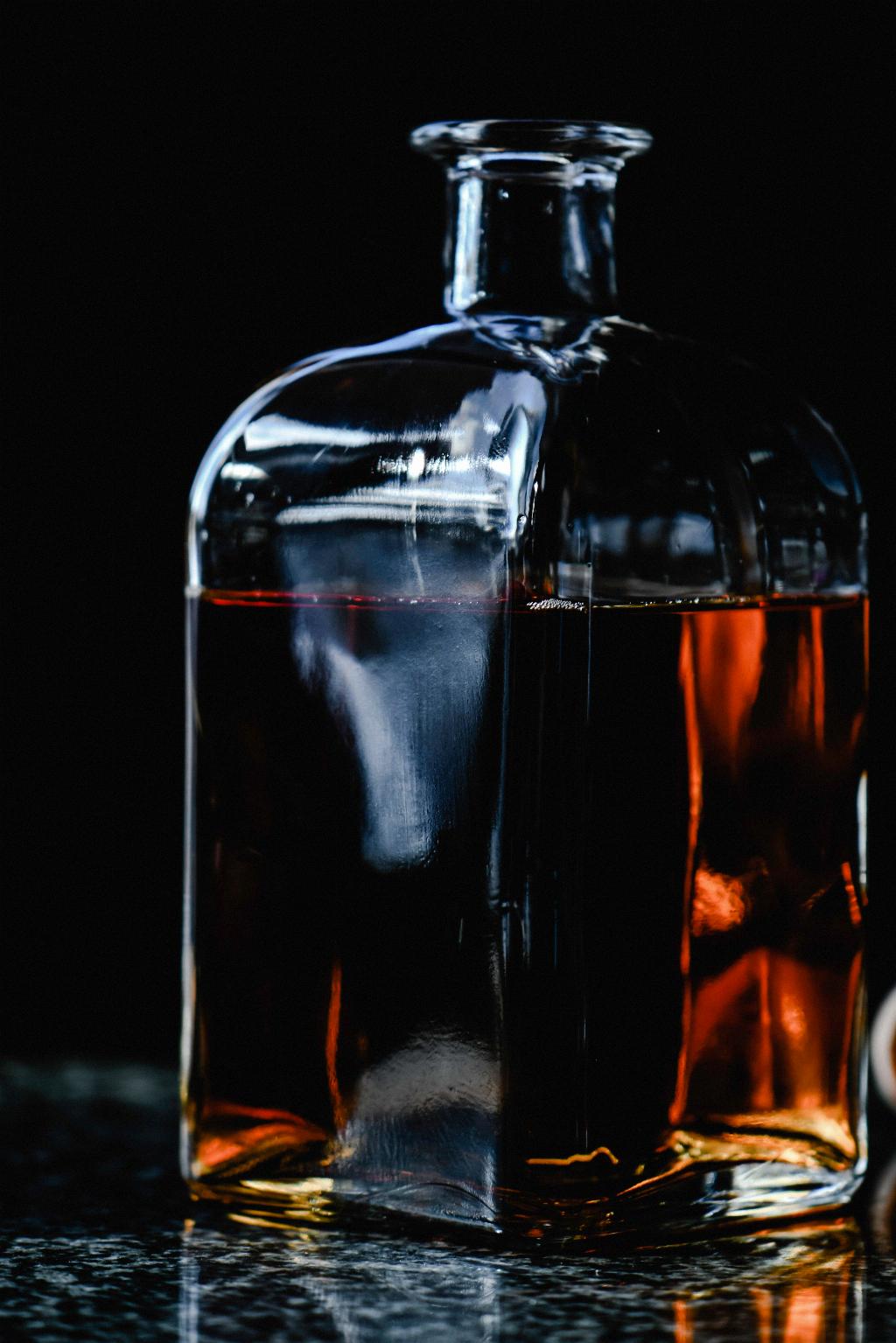When it comes to the world of whiskey, there are countless varieties to choose from. Two popular types that often get confused are bourbon and straight bourbon. While they may seem similar at first glance, there are some key differences that set them apart. In this article, we will delve into the intricacies of bourbon and straight bourbon, uncovering their unique characteristics and shedding light on the distinction between them.
The Basics of Bourbon
Bourbon, first and foremost, is a type of American whiskey made primarily from corn. In order to be classified as bourbon, it must meet certain legal requirements. The most notable requirement is that it must be made in the United States. Additionally, the grain mixture used in the production of bourbon must contain at least 51% corn. This gives bourbon its distinct sweet and rich flavor profile.
The production process of bourbon involves several key steps. Firstly, the grains are milled and mixed with water to create a mash. Yeast is then added to the mash, kickstarting the fermentation process. Once fermentation is complete, the liquid is distilled to increase its alcohol content. It is then aged in new charred oak barrels, which brings us to the main point of differentiation between bourbon and straight bourbon.
The Distinction of Straight Bourbon
While all straight bourbon is bourbon, not all bourbon is classified as straight bourbon. The primary requirement that defines bourbon as straight is if the distillate has spent a minimum of two years stored in new charred oak barrels. This aging period allows the bourbon to develop complex flavors and draw distinct characteristics from the wood.
It is worth noting that the aging process is an essential element of straight bourbon production. During this time, the bourbon oxidizes and penetrates the wood, extracting flavors such as vanilla, caramel, and spice. The length of aging can vary, with many distilleries opting for longer periods to achieve a more refined and mature flavor profile.
Exceptions: Corn Whiskey
While straight bourbon must undergo a minimum two-year aging process in new charred oak barrels, there is one exception when it comes to corn whiskey. Corn whiskey, as defined by the legal regulations, can be aged in uncharred or used oak barrels. This sets it apart from both bourbon and straight bourbon.
Due to the difference in aging requirements, corn whiskey tends to have a lighter and less complex flavor profile compared to its bourbon counterparts. However, it still retains the characteristic sweetness derived from its high corn content, making it a unique and enjoyable spirit in its own right.

Appreciating the Differences
Now that you understand the distinction between bourbon and straight bourbon, you can better appreciate the nuances of each type. Bourbon, with its minimum 51% corn content, offers a rich and sweet flavor profile that is beloved by whiskey enthusiasts around the world. On the other hand, straight bourbon takes this even further, with a minimum two-year aging process that imparts deeper, more intricate flavors.
Whether you prefer the simplicity of bourbon or the complexity of straight bourbon, both offer an authentic taste of American craftsmanship. From classic cocktails to sipping it neat, these whiskies have become a staple in bars and homes alike. So, the next time you find yourself reaching for a bottle of bourbon or straight bourbon, take a moment to appreciate the history, tradition, and unique characteristics that make them stand out in the world of whiskey.
